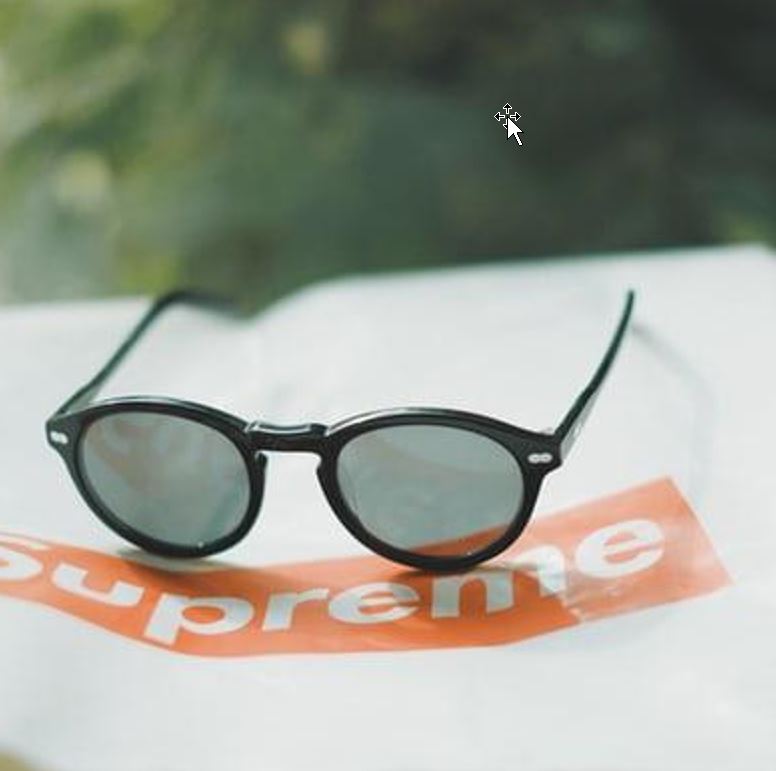Whether you are nearsighted, farsighted or just want to keep your eyes safe without compromising your vision, prescription sunglasses could help. To make it easier for you to choose the best ones, take a look at this practical guide where you will find everything you need to know before buying prescription sunglasses.
Prescription sunglasses combine vision correction and sun protection in one goggle. Its lenses incorporate your corrective prescription, so you can see clearly, while protecting your eyes from ultraviolet radiation and helping you avoid eye strain from glare.
Almost all prescription sunglasses at Designer Optics, including those requiring bifocal and progressive lenses for astigmatism and presbyopia, can be included in the lenses of most styles of sunglasses. However, it may not be possible to fit prescription lenses into certain wrap-around frames due to distortion of vision caused by the curvature. Your optician will be able to tell you if your prescription can be incorporated into a particular style.
Who should Wear Prescription Sunglasses?
Prescription sunglasses are ideal for any spectacle wearer who wants to protect their eyes from the sun. They are convenient because they combine vision correction and UV protection in one frame. They are particularly useful for people who enjoy outdoor sports such as running, cycling, golf, fishing, mountain biking, motorcycling, and snow sports.
If you are bothered by the sun or experience glare on the road while driving, you may want prescription sunglasses. Leaving prescription sunglasses in your car is a good way to make sure you have them on hand whenever you need them.
How to Choose Good Prescription Sunglasses
Here is a guide to choosing, step by step, the best prescription sunglasses for you:
- Graduate your vision: you should have a visual exam at least every two years.
- Choose a frame that you like and that adapts to the shape of your face; Your optician will confirm if your prescription can be incorporated into the lenses.
- Select the type of lenses that best suits your lifestyle and needs.
What Different Types of Prescription Sunglasses are there?
UV Protection
Exposure to the sun’s ultraviolet rays can lead to short-term and long-term eye problems, such as photokeratitis (sunburn) and cataracts.Good prescription sunglasses block at least 99% of UV light. If the manufacturer has marked the sunglasses as UV400, you can be sure that they provide 100% UV protection.
Material
Most prescription sunglasses are made of plastic materials that are less likely to break if they are hit; for example, by a misdirected golf or tennis ball.Polycarbonate lenses are suitable for sports as they are particularly resistant. However, they tend to scratch easily, so it is advisable to wear an anti-scratch treatment.
Polarization
Polarized prescription sunglasses can further improve outdoor vision.The polarized lenses in prescription sunglasses are especially recommended for people who spend a lot of time in the water; for example, sailing or fishing. These lenses eliminate glare and reduce eye fatigue, while providing clear and comfortable vision.
What Alternatives are there to Prescription Sunglasses?
Photochromic prescription glasses automatically darken in bright light and brighten when you’re indoors. Darkening occurs relatively quickly (within 30 seconds), but rinsing can take up to five minutes. Also known as Reactions lenses, they are suitable for people who frequently alternate indoors and outdoors, and don’t want to constantly switch from prescription sunglasses outdoors to regular glasses indoors.
It is also possible to wear glasses with different filter levels to use them in certain circumstances. There are several levels of solar filters for sunglasses that do not have a polarized filter:
- Clear, level 0: lets through between 80% and 100% of the light. They are allowed to drive, but they will hardly protect us on the sunniest days. They are only recommended in poor light conditions, cloudy days, etc.
- Slightly colored, level 1: they let through between 43% and 80% of the light. They are allowed to drive, but they still do not protect our eyes from the clearer days or the low sun.
- Medium colored, level 2: they let through between 18 and 43% of the light. Sunny and clear days are already beginning to protect us.
- Dark, level 3: they let through between 8 and 18% of the light. They are recommended for very clear days and are allowed to drive.
- Very dark, level 4: lets through between 3 and 8% of the light. Recommended for skiing, water sports, etc., but its use is prohibited for driving and is punishable.
Use our sunglasses guide to find the right pair for you, from the type of lens for optimal protection to measuring your face size and finding your face shape and you can get prescription sunglasses at Designer Optics.




7 comments
… [Trackback]
[…] There you can find 14750 additional Info on that Topic: thelibertarianrepublic.com/guide-to-prescription-sunglasses/ […]
… [Trackback]
[…] Info on that Topic: thelibertarianrepublic.com/guide-to-prescription-sunglasses/ […]
… [Trackback]
[…] Here you will find 2489 more Information to that Topic: thelibertarianrepublic.com/guide-to-prescription-sunglasses/ […]
… [Trackback]
[…] Read More here to that Topic: thelibertarianrepublic.com/guide-to-prescription-sunglasses/ […]
… [Trackback]
[…] Find More Information here on that Topic: thelibertarianrepublic.com/guide-to-prescription-sunglasses/ […]
… [Trackback]
[…] There you can find 11217 additional Info to that Topic: thelibertarianrepublic.com/guide-to-prescription-sunglasses/ […]
… [Trackback]
[…] Find More on that Topic: thelibertarianrepublic.com/guide-to-prescription-sunglasses/ […]